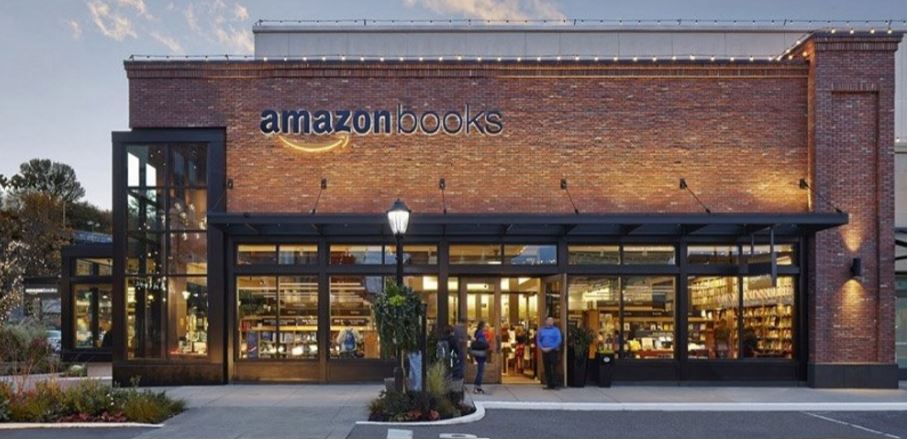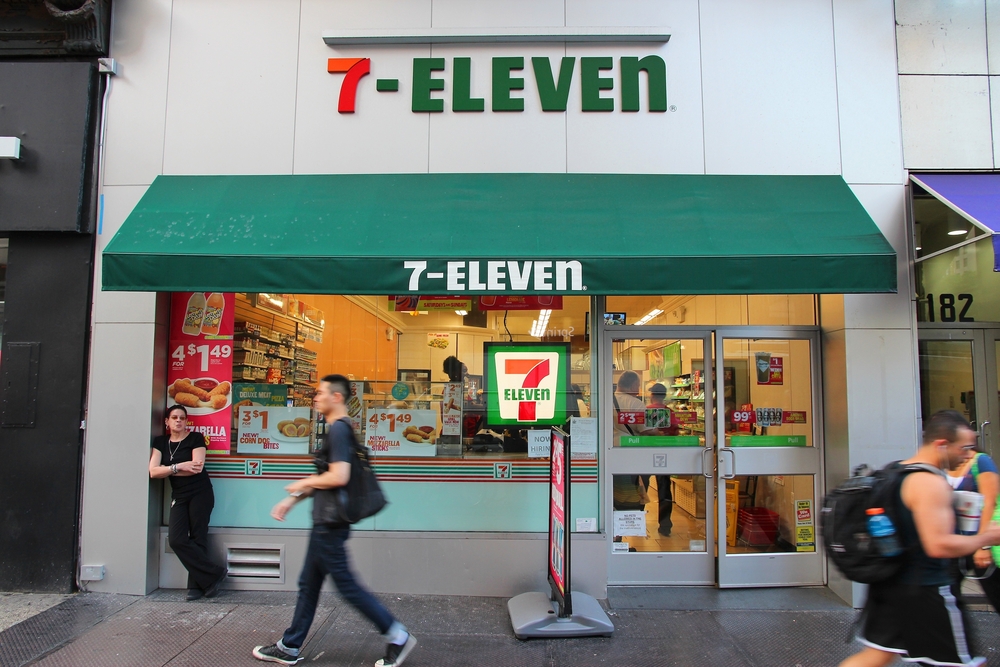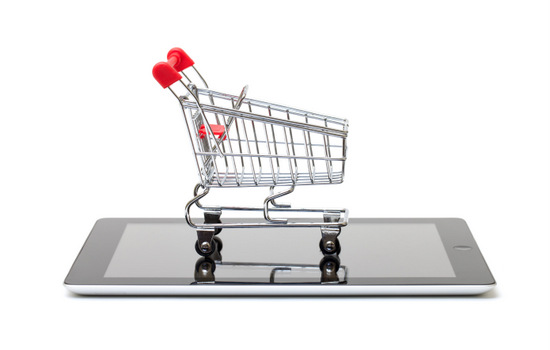Sales Tax Online
Supreme Court Ruling
It’s no secret that internet shopping has given brick and mortar stores a run for their money. Convenience and limited taxes has worked in favor of virtual retailers for years. A new internet tax law, however, tosses the ball back into the court of in-state stores. Sales Tax Law Revised The U.S. Supreme Court has […]



